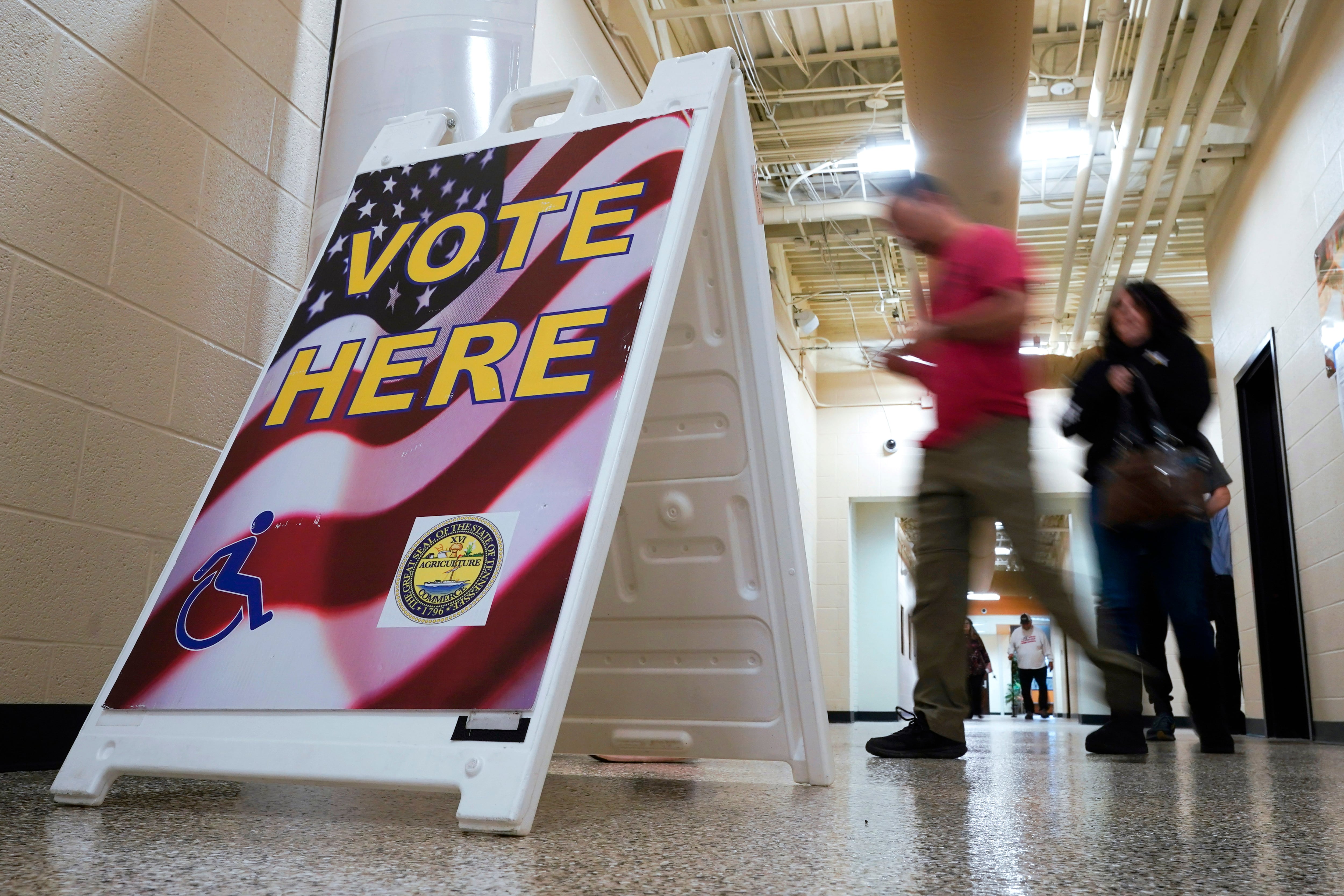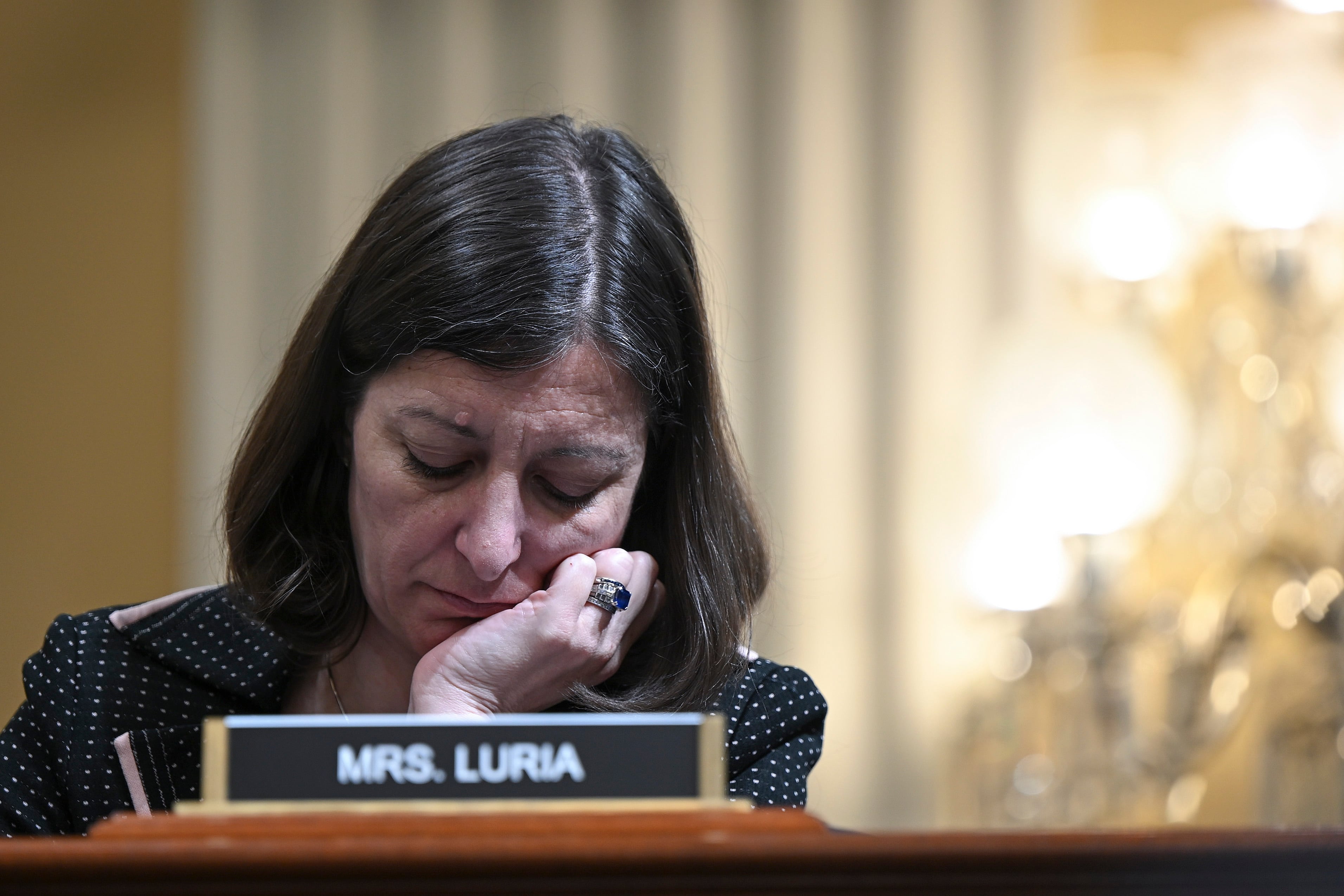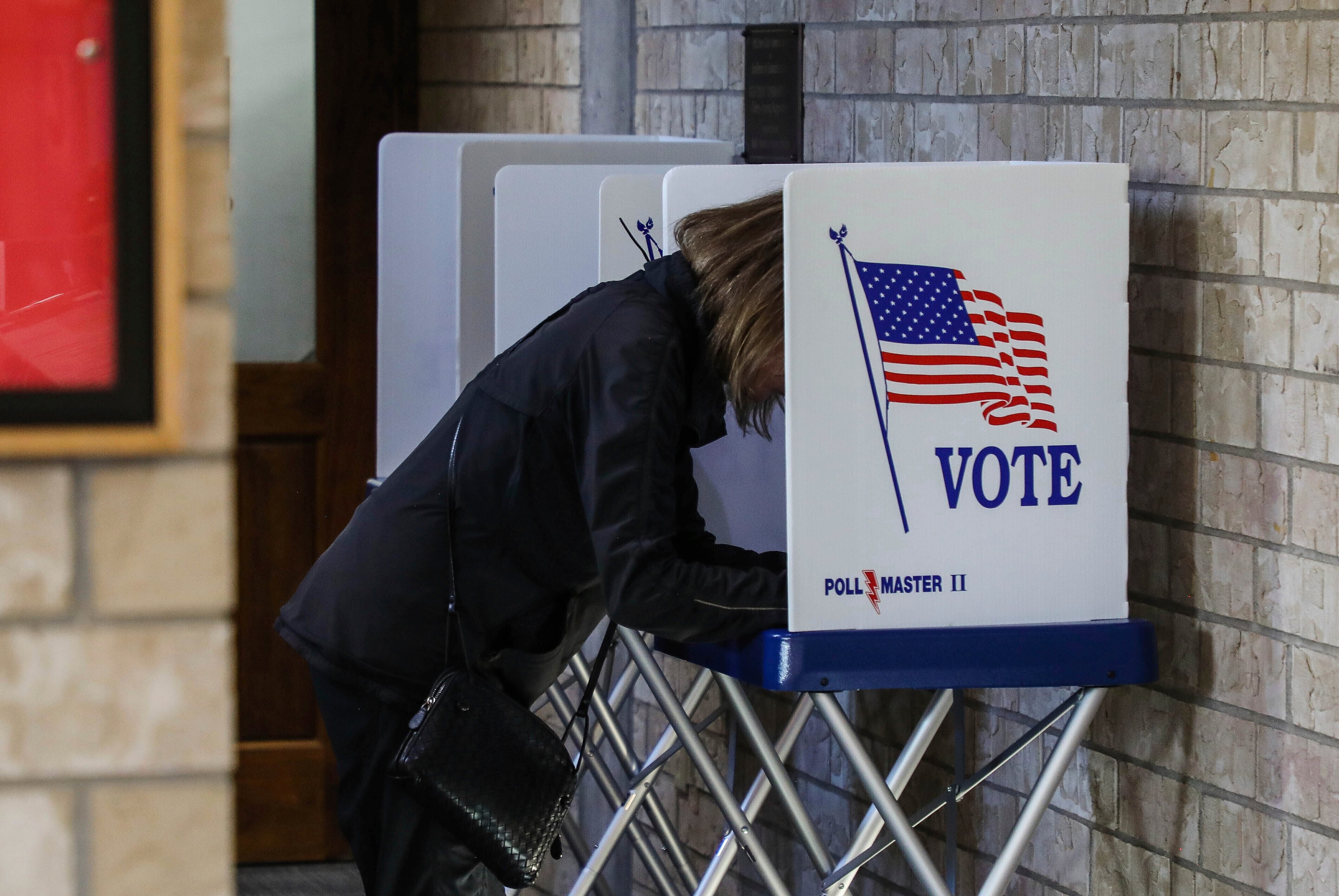The number of veterans elected to Congress will increase next session, only the third time that has happened in the past five decades.
As of Wednesday afternoon, 79 veterans had won House or Senate races in the congressional midterm elections. Another 12 veterans currently serving in the Senate were not up for reelection this year. One undecided race — the New York 22nd congressional district — features two veterans running against each other.
That’s a total of 92 veterans who will serve in the 118th Congress when it convenes in January, one more than at the start of the 117th Congress two years ago. And with more than 20 congressional races still undecided, the number could rise even higher in coming days, perhaps approaching 100 veterans.
“While this seems like a moderate uptick, it represents a profound and very positive shift in America’s relationship with its veterans,” said Seth Lynn, a University of San Francisco adjunct professor and founder of Veterans Campaign, which studies the participation and impact of veterans in public office.
“Having veterans in Congress has been shown to significantly affect how the country conducts foreign policy, and military experience is especially crucial as the world is becoming increasingly dangerous and complicated.”
RELATED

The increase this cycle in the number of Congress members with military service is largely due to the low place they started — the number of veterans in America has declined steadily over the past five decades — and a resurgence in the number of younger veterans running for office.
Since the all-volunteer force was instituted in 1973, the total of Americans who served in the Armed Forces has decreased steadily. In 1980, about one in every eight American citizens had served in the military, according to the U.S. Census Bureau. By 2020, that figure was closer to one in every 17 American citizens.
The makeup of Congress has reflected that.
In 1973, a total of 401 veterans were serving in House and Senate — 75% of all the seats in both chambers. By 1995, that number was down to 213. It dropped below 100 for the first time in 2013.
The number of members of Congress with military backgrounds increased in 2015 (up four) and again in 2017 (up three), but the total hasn’t risen by more than 1% of the congressional seat total since 1967 (when it was up 12 veterans from the previous session of Congress).
RELATED

Of the 92 veterans who will serve in Congress, 16 are newly elected candidates. The group is overwhelmingly Republican, with 69 GOP members and 23 Democratic ones.
The caucus also includes seven female veterans, the largest group in congressional history: incumbent Sens. Tammy Duckworth, D-Ill., and Joni Ernst, R-Iowa; incumbent Reps. Chrissy Houlahan, D-Pa., Mikie Sherrill, D-N.J., and Mariannette Miller-Meeks, R-Iowa; and newly elected Reps. Anna Luna, R-Fla., and Jennifer Kiggans, R-Va.
The group also features a significant number of individuals who served in the wars in Iraq and Afghanistan, an important demographic shift, Lynn said.
“Whereas 20 years ago veterans were more customarily found among the elder cohorts of Congress, today it’s the youngest members who are the most likely to have served in the military,” he said.
Several of the remaining races could take days or weeks to settle. Orientation for new members of Congress is scheduled for next week, when lawmakers return from their pre-election break.
Military Times is tracking all of the veteran congressional races on this page.
Leo covers Congress, Veterans Affairs and the White House for Military Times. He has covered Washington, D.C. since 2004, focusing on military personnel and veterans policies. His work has earned numerous honors, including a 2009 Polk award, a 2010 National Headliner Award, the IAVA Leadership in Journalism award and the VFW News Media award.





